


The semiotics of translation is a relatively young interdisciplinary field whose dominant could lie either in translation studies or in semiotics. As a part of translation studies, the semiotics of translation examines different aspects of translatability, starting with the linguistic worldview and ending with the functioning of a translation text as a cultural text. For translation studies, the semiotic aspect of text analysis — the notion of semiotic coherence — is important. As a part of semiotics, the semiotics of translation is connected with the comparative analysis of sign systems, of functional connections between sign systems and with the study of mutual correlation inside the semiotics of translation. As a part of semiotics, the semiotics of translation has a place both in theoretical and applied semiotics.[...]
More...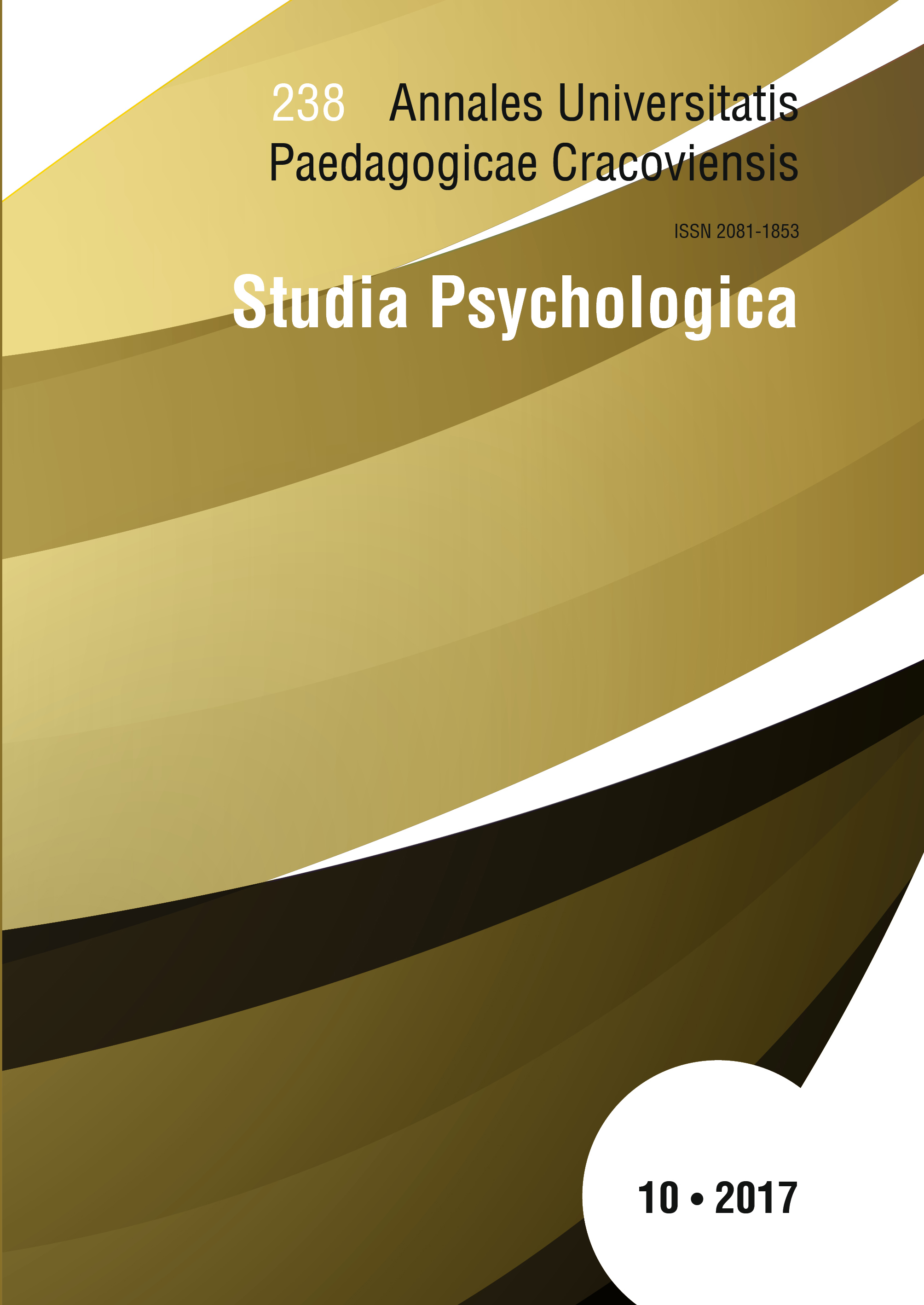
Keywords: rozpoznawanie emocji; wzmacnianie umiejętności; niepełnosprawność intelektualna
Osoby z niepełnosprawnością intelektualną często wykazują deficyty związane z właściwym rozumieniem emocji innych osób. W artykule zaprezentowany został przypadek Daniela, młodego mężczyzny z umiarkowanym stopniem niepełnosprawności intelektualnej, u którego deficyty tego rodzaju w znaczący sposób wpływają na funkcjonowanie w sytuacjach społecznych. Przedstawione zostały informacje na temat osoby badanej uzyskane w wywiadzie z matką oraz na podstawie analizy dokumentacji medycznej i psychologicznej. Zaprezentowano opis treningu związanego z rozpoznawaniem i interpretacją emocji przeznaczony dla osób z obniżonym poziomem sprawności intelektualnej. Ocena skuteczności podjętych oddziaływań wskazała na pozytywne efekty treningu. Uzyskane w pracy z osobą badaną wyniki dają podstawy by sądzić, że przygotowane zadania mogą być stosowane w pracy z osobami z głębszą niepełnosprawnością intelektualną przejawiającymi podobne deficyty w zakresie kompetencji emocjonalnych.
More...
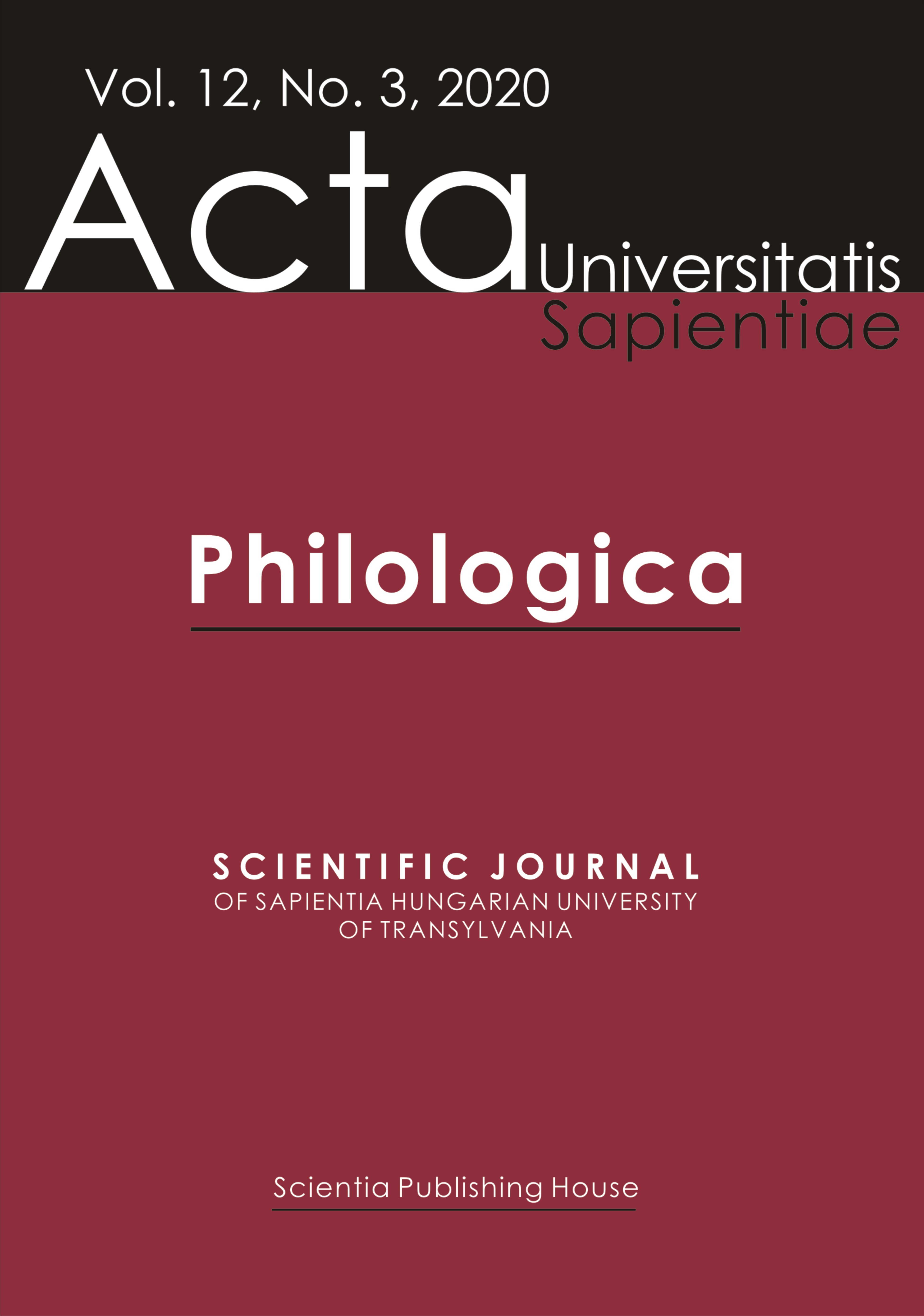
Keywords: realia and cultureme; standardized; parallel versions or synonyms; Transylvanian apple varieties; Romanian; Hungarian;
In this study, our purpose is to establish a link between the concept of cultureme and a very intriguing type of specialized discourse: scientific texts belonging to the field of pomology (horticultural sciences). At least a segment of apple (and other fruit) varietal or cultivar names (especially those restricted to a certain geographical and cultural area or region) can be considered from a linguistic and translational viewpoint lexemes which carry cultural meaning. In our research, we focus on the apple varietal names which are specific to the region of Transylvania. We intend to see the way Romanian specialized literature observes or flouts the mentioning of Hungarian terms related to pomology (i.e. apple varietal names which are culturemes) as synonyms of the currently promoted Romanian versions. We also examine whether Hungarian specialists tend to mention the Romanian versions of Hungarian apple varietal names in their works. In fact, this research is, to a certain degree, an analysis of the attitude specialists display with regard to the scientific terminology and the long-established terms of the proximal culture.
More...Keywords: Fear of compassion; fear of positive emotion; trauma;
All the procedures performed for the individual's mental health are aimed at increasing positive feelings and thoughts and reducing negative feelings and thoughts. But some individuals escape from positive emotions and thoughts and fear them. The sense of compassion may be one of the emotions that some people are afraid of, and try to remove from themselves for different reasons. Fear of compassion is caused by both the lack of compassion and the fear of the presence of compassion. This fear both affects the health of the individual negatively and may cause deterioration of social relations. Fear of compassion is also associated with health problems such as depression, stress, empathy, alexithymia, eating disorder, fear of happiness, post-traumatic stress disorder, anxiety and panic disorder. Any treatment for these problems is closely linked to the identification of fear of compassion to be successful. The origin of fear of compassion is sometimes seen as an important cause of childhood traumas and sometimes the lack of a warm relationship with parents in childhood. The aim of this article is to define the concept of fear of compassion, to explain related concepts, to introduce related measurement tools and to raise awareness of help in this way.
More...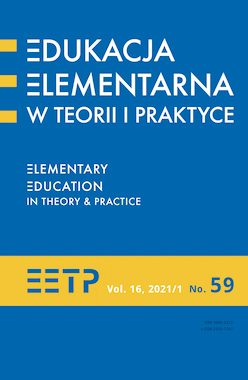
Keywords: understanding concepts; family; creative activity; early education
The article presents the results of the research carried out in the school year 2018/2019 in selected primary schools. The research was compliant with the assumptions of constructivism. The aim of the study was to diagnose the ways of understanding the abstract concept of a family in a group of younger schoolchildren from a large city (Lodz). It was assumed that an effective way of extracting meanings given by children is to trigger their creative activity. Typical psychodidactic techniques were used: asking questions, drafting cognitive maps and creating analogies. The material obtained in the course of observation and analysis of children’s creations has been studied. The strategy used made it possible to reconstruct the children’s process of understanding the concept of a family, and to show the possibilities inherent in the psychodidactics of creativity. Such possibilities enable teachers to activate children’s way of interpreting the world and eliciting its personal and original representations.
More...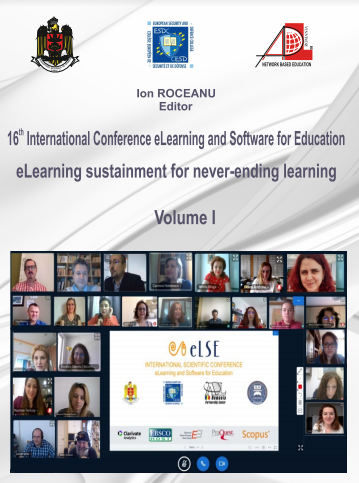
Keywords: automatic translation; text genre; text types; criteria of textuality;
Texts for translation are nowadays more and more numerous, while people making translations for professional purposes or otherwise do not always have training in the field of translation and traductology. Therefore, it is frequently that they resort to automatic translation. This paper will approach a new issue, that has little been studied so far, namely finding out the relationship between gender and text type, and automatic translation, respectively. Within a context where the text has a permanent dynamic, where we deal beside the « classical» texts that can be localized in time and space from the statement viewpoint, with texts close in terms of form, even if they are semantically so very open and up to hypertexts in which the form participates in the construction of the meaning, the criteria of textuality established by text linguistics should be revisited. Thus, there are two types of questions which appear: firstly, what approach should we have to the act of translation, how is it reported to the text and what types of translation operations are mobilized; secondly, how do the genre and type of text to be translated influence the translation. Based on the automatic translation of a text corpus belonging to various genres, this paper will study the conditions of appropriacy of the act of translation carried out by means of software in function of the text genericity. Similarly, we will analyze the relation of the translator resorting to automatic translation as a tool of support with the text being translated. The investigation will comprise scientific texts, as well as literary ones and texts specific to web patterns of communication.
More...
Keywords: Environments; holistic actions; adaptation; process-based; architecture;art;
The 1960s Environments emerged as artistic practices to question our modern relationship to objects perceived as isolated entities and as products within a market logic; to context, initiative, authority, ethics, and aesthetics. As open, process-based situations, they should allow for a praxis of reappraising demarcations, roles, and concepts in the art, social, and natural world. Environments had an early, but only short influence. To this day, art and architecture continue to be widely shaped by objectifying and reifying processes, even though the limits of the systems they belong to have become obvious in confrontation with a global climate crisis. In this article, the authors re-connect to the earlier artistic and architectural practices with the aim to develop a conceptual approach to adaptive architecture. This architecture is conceived as part of open “Environments,” able to dynamically react with their users to social and environmental challenges, to mediate and reframe the relations between subjects, objects, and the natural world.
More...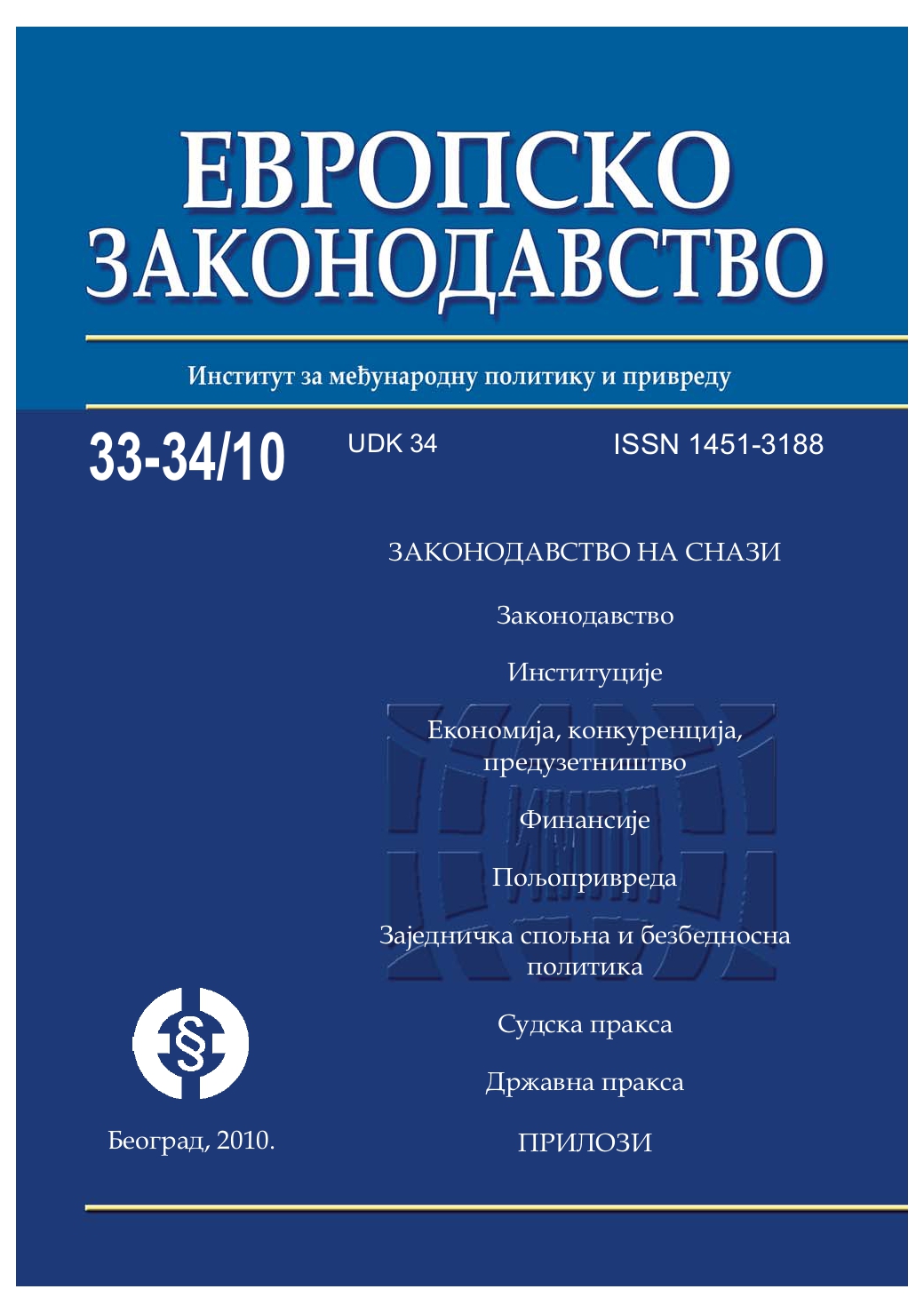
Keywords: Protocol 14;European Convention on Human Rights;European Court of Human Rights;significant damage;single judge
By ratifying the Protocol 14 to the European Convention on Human Rights and Fundamental Freedoms by Russia in 2010 as the last member state of the Council of Europe the Protocol has finally come to force making a step forward towards reducing the European Court of Human Rights’ workload. The Protocol 14 introduces some novelties in several fields. It introduces changes concerning the competences of three judge committees, establishes single judge as a new judicial entity and defines a new criterion of admissibility. The changes are also present in friendly settlement as well as in the procedure of execution of judgements. In the paper, the author gives an overview of these novelties considering the possibility for their individual achievement, this also including their individual overall contribution to attaining the purpose for adopting the Protocol 14 as a whole and that is to reduce the Court’s workload and increase the efficiency of its work.
More...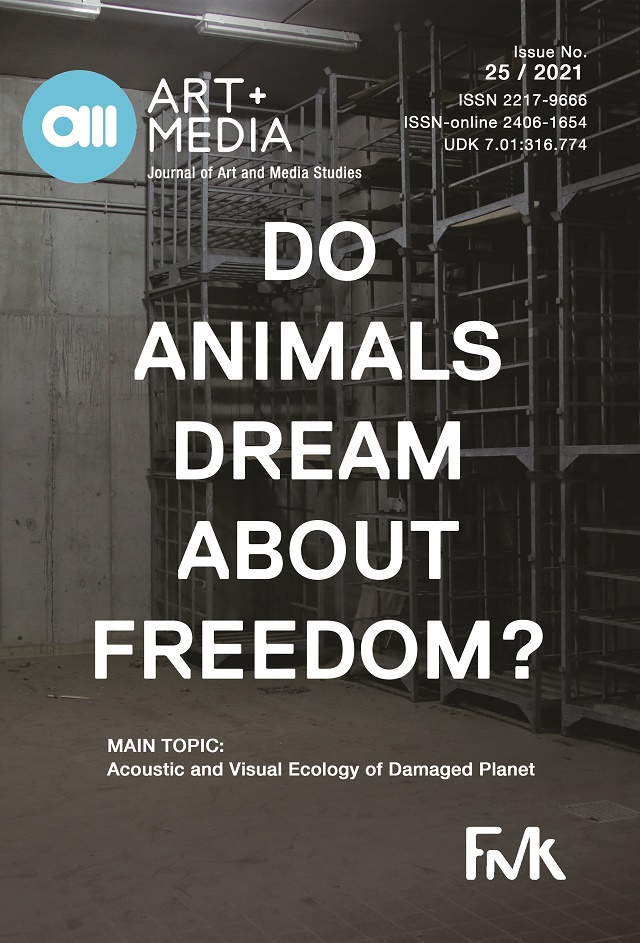
Keywords: The Anthropocene; sustainability; environmental crisis; Tanja Vujinović; reflexive capital; art and science.
In recent decades we have witnessed technological and scientific progress and breakthroughs at an unprecedented rate. We, as humankind, have become technologically advanced, globally connected, informed, all of which reflect traditional ideas of the steady progress of civilization. But at the same time, we face many challenges brought about by climate change, air pollution, water shortage, extinction of species, and other natural disasters. Through an overview of the concept of the Anthropocene from the perspective of philosophy and critical theory, I will discuss alternative approaches to addressing the ecological crisis. Although the key actors in these endeavors are usually scientists, governments, and multinational corporations, I will examine the ways arts and culture significantly contribute to the projects of crisis mitigation. Finally, I turn to MetaGarden, a series of works created by media artist Tanja Vujinović, which epitomize the visions of a more sustainable future(s).
More...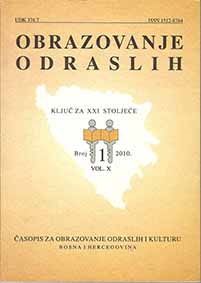
Keywords: reality show; television; reality; spectacle; genre; actors;
Development of the reality programmes was originally conceived as an entertaining and documentary concept although now the spectacularising of banalities ''corrodes'' its educational potential, transforming it into an advertainment and the voyeuristic spectator into a passive homo videns. Nevertheless, this hybrid genre revived optimistic prediction about implementing democratic potential of television by focusing on the common man.
More...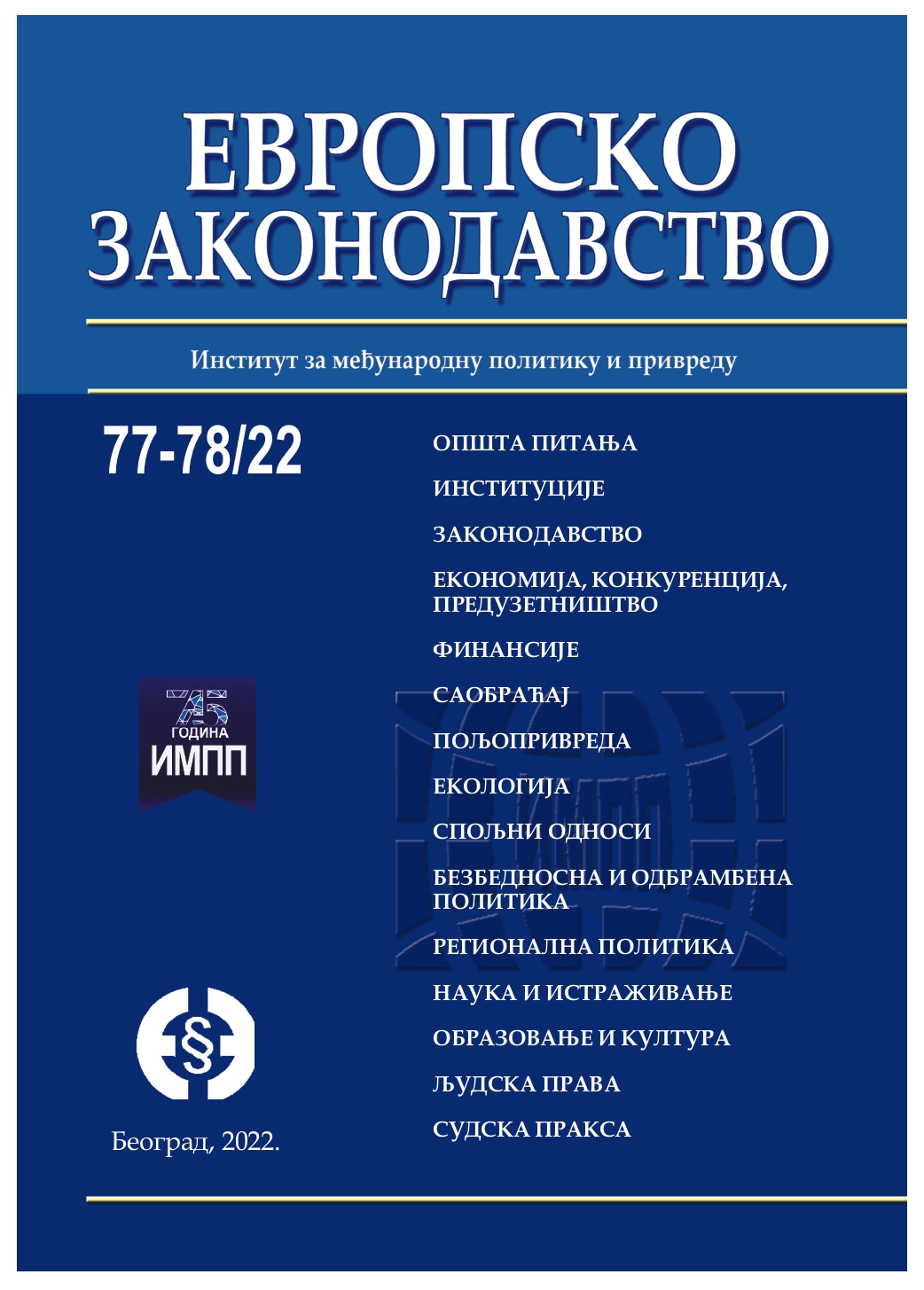
Keywords: the presumption of the innocence;trial principle;criminal procedure;European Union
The presumption of innocence is one of the basic rights of the accused in criminal proceedings. Its essence is that everyone will be considered innocent until their guilt is determined by a final decision of the competent authorities. The subject of this paper is a review and analysis of the relevant provisions of EU Directive 2016/343 of the European Parliament and of the Council of 9 March 2016 on strengthening certain aspects of the presumption of innocence and the right to participate in criminal proceedings. The application of the adversarial principle is inseparable from the presumption of innocence. This paper aims to point out the importance of the presumption of innocence for modern criminal proceedings and to show the domestic law of the European Union in this area, taking into account the provisions of the said Directive.
More...Keywords: threat; operational capabilities; strategic security environment
More...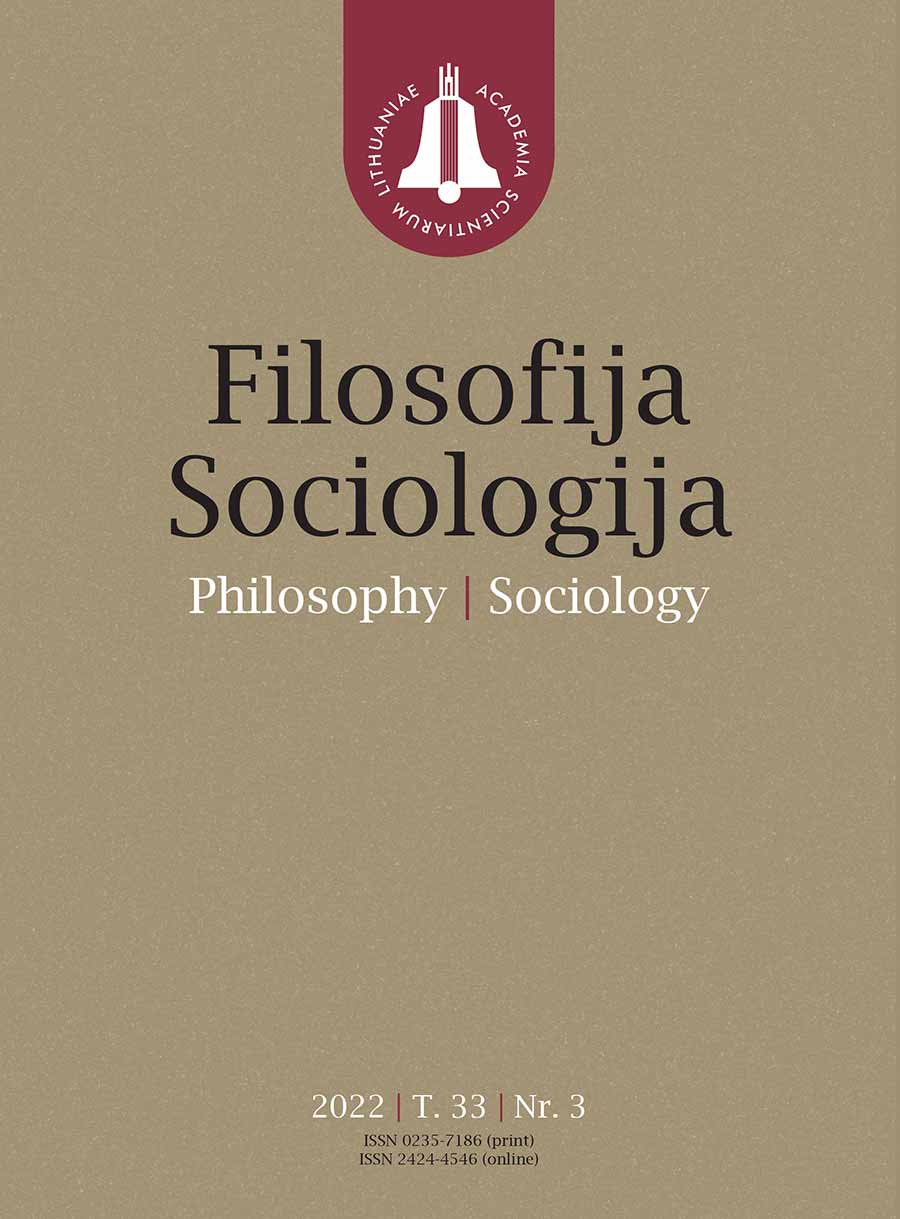
Keywords: communication processes; epistemological simulation; episteme; Jean Baudrillard; ontological simulation; ontos, prognostic measures; social environments; social simulation;
The article presents social simulation from theoretical and philosophical perspectives as a prognostic tool for researching, analysing and anticipating communication and other processes in social environments. The first part discusses the phenomena of ontological and epistemological simulation, treating social simulation processes as epistemological ones. The second part analyses the attitude of the French sociologist and media philosopher Jean Baudrillard towards social simulation, which he himself treats as ontological one. The counterarguments to introduce Baudrillard’s unidentified distinction between ontological and epistemological simulation processes are presented. The third part deals with the principles of the functioning of social simulations as a prognostic tool and provides analytical possibilities for various social environments, communication and other processes. At the end of the article, it is concluded that Baudrillard’s concept of ontological simulation, which annihilates classical Western metaphysics, erroneously reduces the difference between ontos and epistēmē.
More...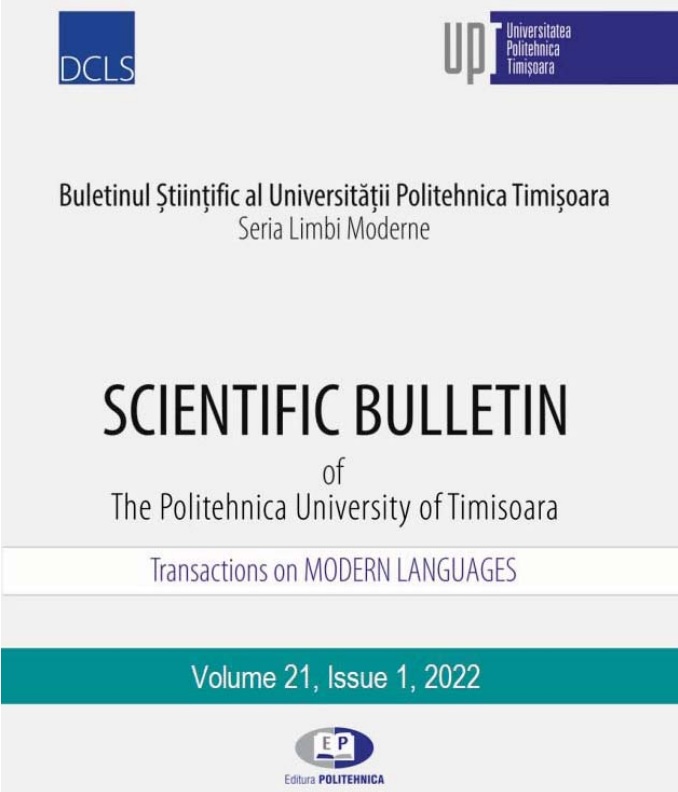
Keywords: metaphor theories; metaphor translation; techniques of metaphor translation;
This paper is a case study of metaphor translation. It focuses on the translation techniques used to render some of the metaphors in Oscar Wilde’s “The Picture of Dorian Grey” into Romanian. The actual case study follows after a brief overview of approaches to metaphor in general and to metaphor translation in particular. The conclusion indicates that there is a diversity of translation techniques that have been used, most of them not based on word-for-word equivalences.
More...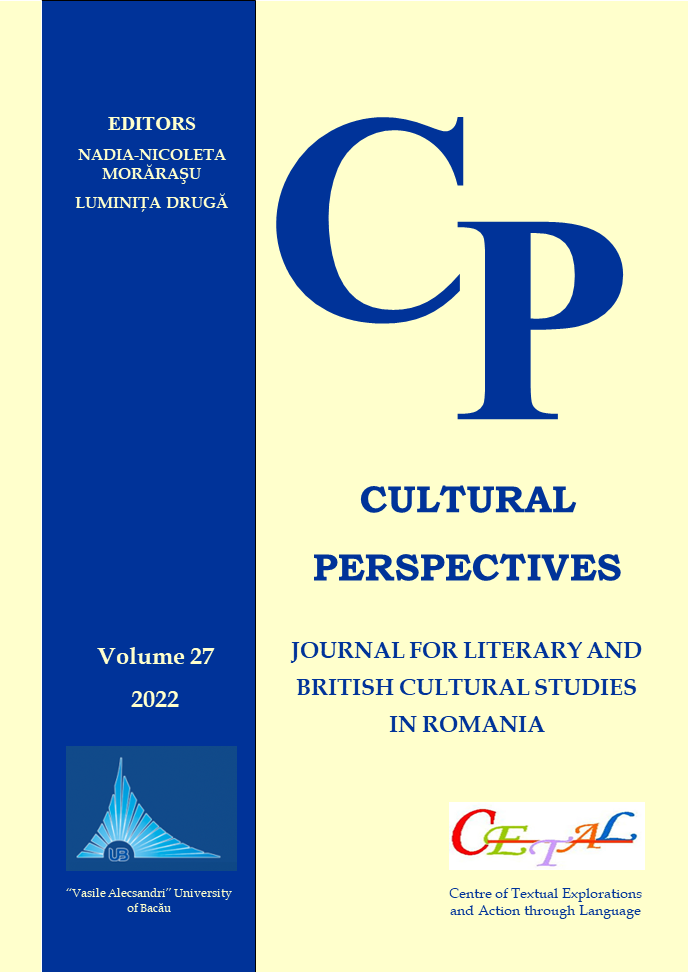
Keywords: humour theories; resistance; oppression; Murdoch Mysteries; television series; jokes; laughter;
Humour holds a significant role in our lives, making spirits bright and enabling people to overcome the obstacles of their plain daily existence. As a communication phenomenon that embraces countless forms and shapes, humour is widely believed to possess properties of releasing tension and creating good mood. It also operates like some kind of “ice-breaking” tool meant to relax and entertain people, being also connected with interpersonal attraction. For many people who have the capacity of finding humour even in the darkest details of their life, this is an efficient weapon to fight monotony, interpersonal confusion, aand misery (Shibles 1997). Moreover, humour is also a successful nonviolent strategy of resisting injustice and oppression. Thus, mocking the enemy as a way of fighting back has turned into a historic tradition materialised in the public exposure to caricatures, anecdotes, jokes, stand-up sketches in addition to the classic jestering and satire (Sorensen 2008).Exploited by both the mass-media and the film industry, especially in TV series, humour has the potential of responding to the audience’s need to either recognize themselves and their destiny in the fictional characters and plot or to escape from the daily pressures of their unfulfilled lives. Some TV series facilitate access to some performance that is liable to help spectators/viewers to forget about the quotidian worries or they inspire ways of fighting themselves against oppressive situations through humour. Dedicated mostly to youngsters and adapted from a literary work, Murdoch Mysteries TV series fulfils both roles by providing varied samples of humorous language and situations that that can approached from both traditional and modern, up-to-date perspectives. In line with the topic proposed for this paper, we will further review the main theories of humour to the purpose of projecting it as a social tool of resistance to different kinds of oppression.
More...
Keywords: forensic science; purpose of forensic science; methods; tools; techniques; task of forensic science;
The study deals with introductory notions about forensic science, approaches the concept of forensic science by making a brief history on the development of this science and the laws underlying the development of forensic science. It also examines the conceptual issues of the purpose of forensic science, analysing the views of different scientists on the issue under consideration. Thus, the aim of forensic science is the development of methods, tools, techniques and recommendations for the organisation of practical activities. The general task of forensic science is to provide scientific support for the activities of law enforcement agencies in the fight against crime.
More...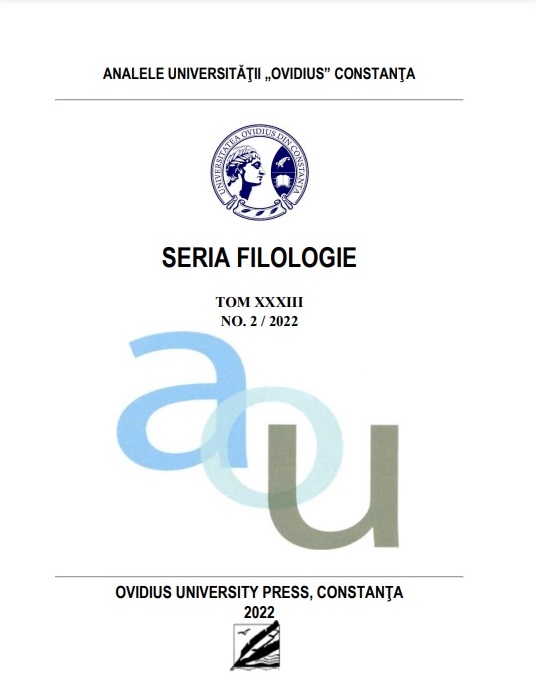
Keywords: project-based learning; retranslation project-based learning; translator training; students’ perspectives;
Project-based learning (PjBL) as a part of a learner-centred constructivist approach has been a subject of interest in translator training. However, there hasn’t been any research on how retranslation might be incorporated into project-based learning in translator training or on what students think of a project-based learning which mainly deals with retranslation. While retranslation is frequently used within the scope of literary translation for the translation of a text several times by different translators and in different historical and socio-cultural contexts, the use of retranslation for educational purposes has not been considered in translator and interpreter training programs of Turkey. Therefore, this study presents a case study with a qualitative research design which examines the perspectives of Turkish students regarding the implementation of the retranslation project-based learning(RPjBL) in translator training. It seeks to report on students’ views through a qualitative analysis of a focus group discussion and students’ retranslation project reports. The main findings of this study include that RPjBL had beneficial outcomes on the increase of students’ awareness and motivation towards translation and the development of understanding of the translation process. More importantly, it was found that RPjBL was perceived as a learning opportunity by students in terms of preparing themselves for their future profession. Students especially emphasized that RPjBL provided an authentic practical translation task and contributed to students’ improvement of mother tongue and foreign language. Apart from this, however, heavy workload, time limitation and less guidance were identified as drawbacks of RPjBLin student’s views. The conclusions of this study suggest that RPjBL offers possible new avenues for students’ learning and empowerment, though its implementation needs some improvement. Further studies might be carried out to assess students’ performance in RPjBL and the use of various types of retranslation as RPjBL.
More...Keywords: social support; anxiety; family support; undergraduate students; COVID-19
The first social support survey during COVID-19 pandemic in Turkey, this study investigated the effect of perceived social support on the levels of anxiety in undergraduate students. Gender, educational status of the parents, place of residence, level of income, chronic disease status, and having a relative or acquaintance with COVID-19 were included in the statistical model as control variables. The population consisted of 27379 undergraduate students and the selected sample was of 583 students. The data were collected through the adapted forms of Multidimensional Scale of Perceived Social Support and Generalized Anxiety Disorder 7-item (GAD-7). The data analysis was performed using univariate analysis, ordinal logistic regression model, and Chi-square Automatic Interaction Detection (CHAID) analysis. Gender, level of income, chronic disease status, and the dimensions of social support have statistically significant effects on anxiety. The study found that 29.1% of the students with a low level of family support had ‘severe’ anxiety, while 19.9% of the students reported not having anxiety at all, and that percentage increased up to 30.8% for students with a high level of family support. The results of the current study suggest social support from family has a reducing effect on the levels of anxiety of undergraduate students.
More...